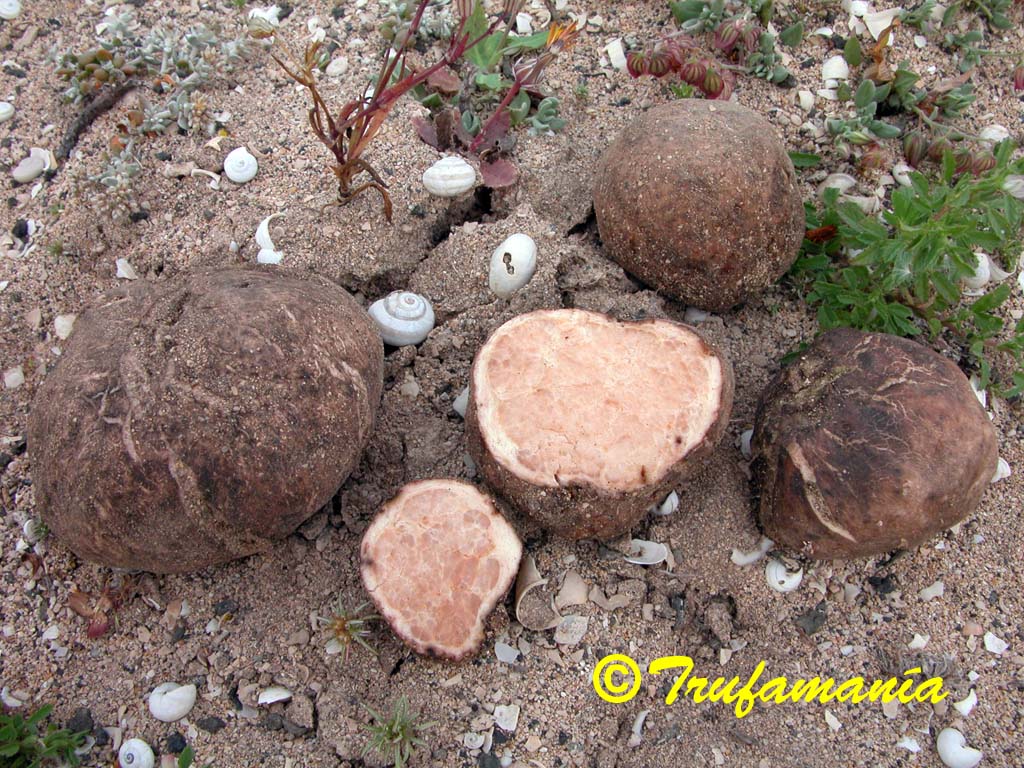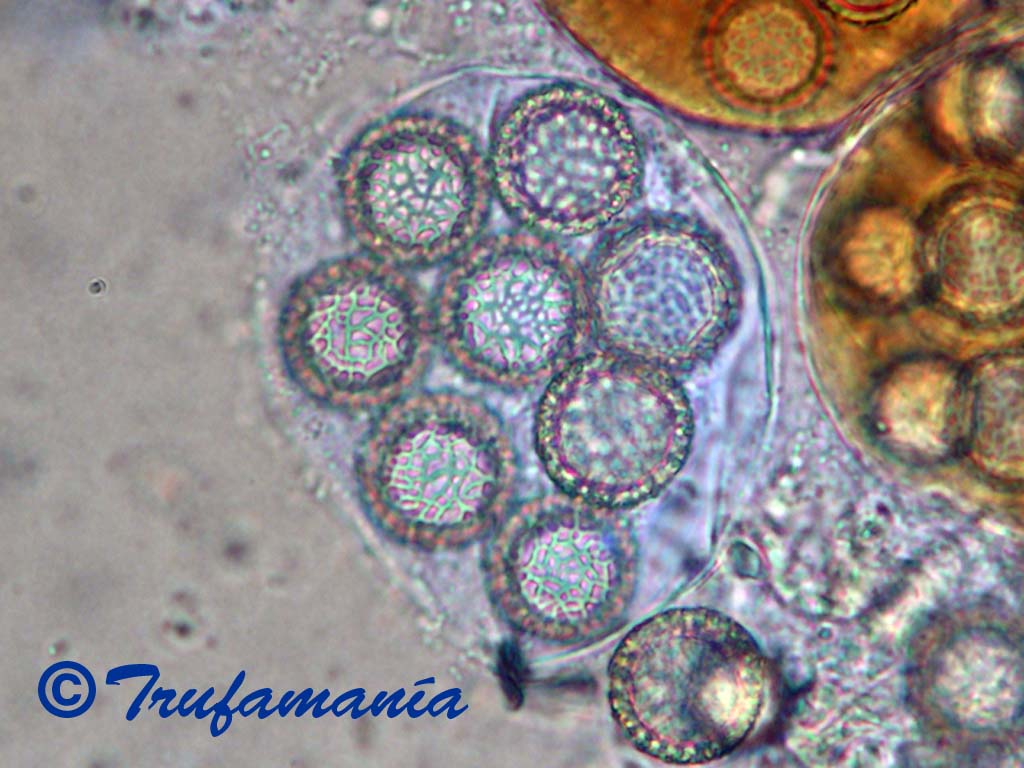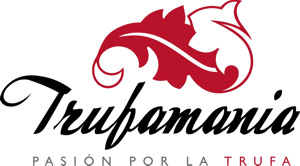TERFEZIA CANARIENSIS Bordallo & Ant. Rodr.
Cantarela 56: 3 (2012)

(Click on the picture to see more images)
Macroscopic characters:
Ascomata: hypogeous to partially emergent at maturity, 2–8(–10) cm in size, subglobose, turbinate, obpyriform, often with short, hemispherical to obconic base, very light brown at first, becoming reddish brown, blackening with age, initially smooth, but often furrowed, associated with rapid growth.
Peridium: 1–1.5(–3) mm thick, whitish in cross section, composed of hyphae, 8–20 µm broad with walls ±1 µm thick, appearing as parallel hyphae or as more or less rounded elements, depending on the section angle, hyalines in the innermost layers, yellowish and with thicker walls in the outermost layers.
Gleba: solid, fleshy, succulent, whitish with pale orange pink pockets at first, maturing to pink meat pockets of fertile tissue separated by whitish pink, sterile veins, inconspicuous at maturity, sometimes with yellowish brown spots.
Odour: faint, no distinctive.
Taste: mild, pleasant, gastronomically prized.
Distibution, Habitat and Season:
Canary Islands, in calcareous, clayey or sandy soils, associated with Helianthemum canariense, February through April. Until now they have been found in the following islands: La Graciosa, Lanzarote, Fuerteventura, Gran Canaria, Tenerife and La Gomera. Its fruiting period is very dependent on rainfall and temperature, absent some years, when weather conditions are not suitable.

(Click on the picture to see more images)
Microscopic characters:
Asci: nonamyloid, subglobose to ellipsoid, pyriform, sessile or short-stipitate, 60–90 x 50–70 µm, with 6–8 irregularly disposed spores, randomly arranged in fertile pockets.
Ascospores: globose, (20–)21–23(–25) µm diam (median = 22 µm) including ornament, hyaline, smooth and uniguttulate at first, then yellow and ornamented with a well-developed, small-meshed reticulum, polygonal meshes variable in form and size, 0,5–1 µm thick, 1 µm tall. This reticulum is conspicuous from very early stages until complete maturity
Comments:
Terfezia canariensis has been historically mistaken for Terfezia claveryi. Both species of Terfezia share prosenchymatous peridium and reticulate spores, but Terfezia canariensis spores (mean values: 21–23 μm diam, median = 22 μm) are bigger than Terfezia claveryi spores (mean values: 18–21 μm diam, median = 20 μm) and Terfezia canariensis spores have a well-developed, complete reticulum, more clear than reticulum of Terfezia claveryi spores, often reduced to isolated warts and ridges.
| Antonio Rodríguez trufamania@gmail.com antonio@trufamania.com |



